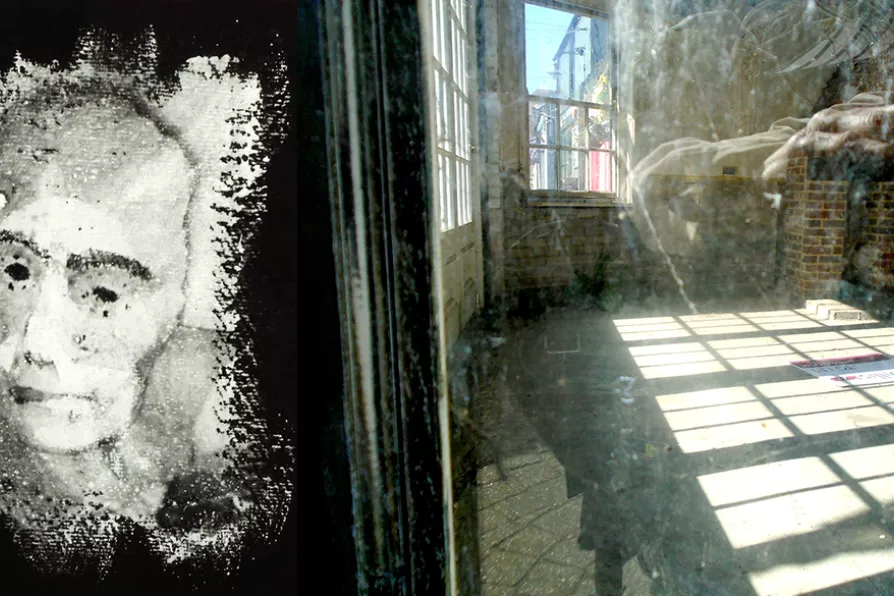JENNY FARRELL relishes an intimate memoir about growing up in the household of the great Irish communist and playwright Sean O’Casey
Visions of horror and joy
ANGUS REID welcomes the retrospective of a unique photographic artist for its demonstration of new avenues in British art, and the human insight it delivers

 (L) Bosnia Journeys, 1997 - 1998, black and white image projected onto hand painted photographic emulsion on watercolour paper; (R) Flotsam and Jetsam showing Welsby’s reflection in a window, digital colour photograph, 2014
[The Estate of Richard Welsby]
(L) Bosnia Journeys, 1997 - 1998, black and white image projected onto hand painted photographic emulsion on watercolour paper; (R) Flotsam and Jetsam showing Welsby’s reflection in a window, digital colour photograph, 2014
[The Estate of Richard Welsby]
The Spaces Between: Richard Welsby
Pier Arts Centre, Stromness, Orkney
AT the centre of Richard Welsby’s work lies a unique account of art in the service of a humanitarian mission in the aftermath of war.
The words are simple, honest and direct. They describe the days and the people encountered during an independent film project in Bosnia in 1997, that accompanied a returning refugee and her need to find both her missing husband, and to grieve, and to begin life again. It was a brief but significant intervention that crossed the paths of several witnesses, and led to a forbidden place: a dank cellar beneath a camp that had formerly been a school.
Similar stories

Peter Mitchell's photography reveals a poetic relationship with Leeds

This is poetry in paint, spectacular but never spectacle for its own sake, writes JAN WOOLF

ANDY HEDGECOCK relishes two exhibitions that blur the boundaries between art and community engagement

The Morning Star sorts the good eggs from the rotten scoundrels of the year










